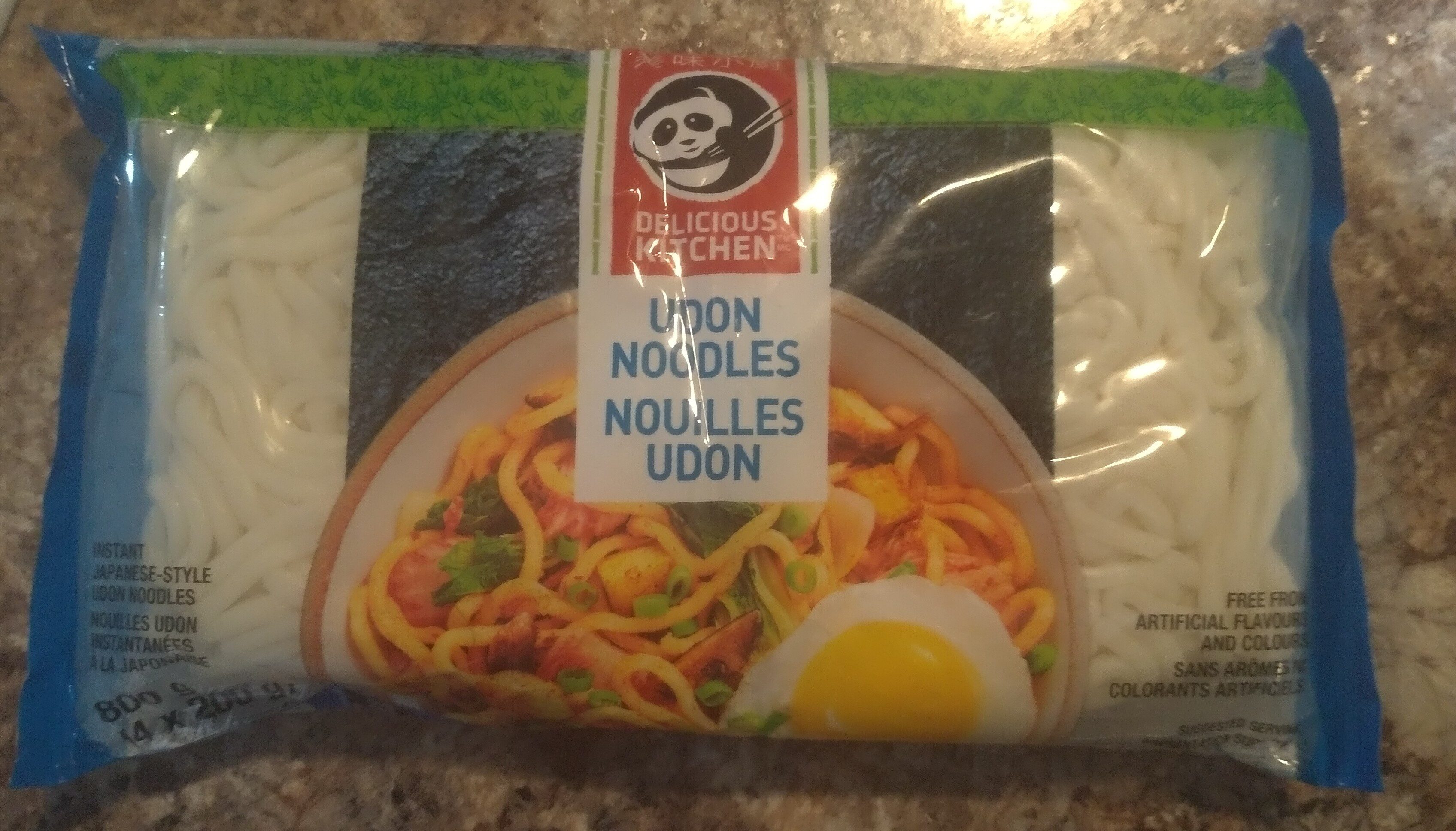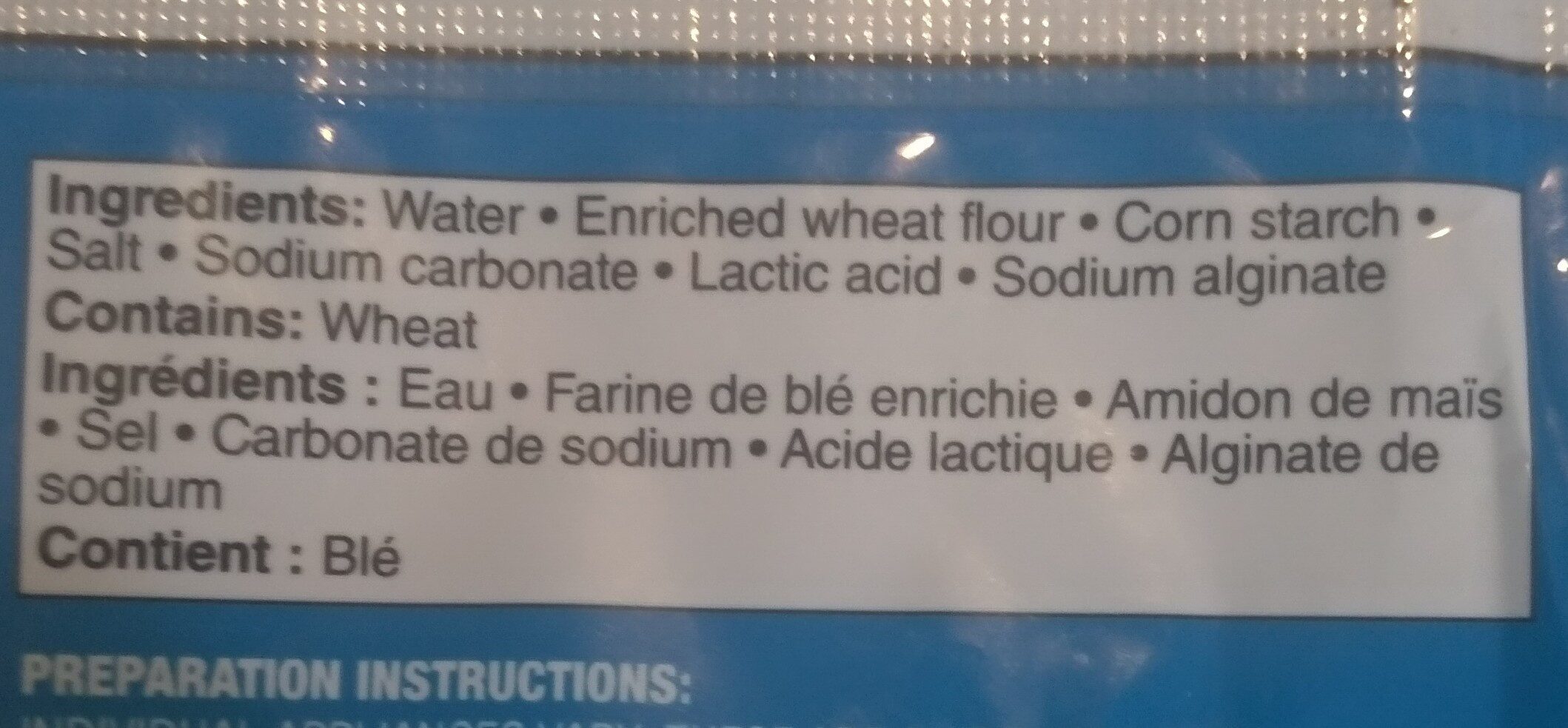Udon Noodles - Delicious kitchen - 4 x 200 g
This product page is not complete. You can help to complete it by editing it and adding more data from the photos we have, or by taking more photos using the app for Android or iPhone/iPad. Thank you!
×
Barcode: 0627735016443 (EAN / EAN-13) 627735016443 (UPC / UPC-A)
Quantity: 4 x 200 g
Brands: Delicious kitchen
Categories: Plant-based foods and beverages, Plant-based foods, Cereals and potatoes, Cereals and their products, Pastas, Noodles, Udon
Labels, certifications, awards: No artificial flavors, No artificial colors
Countries where sold: Canada, United States
Matching with your preferences
Environment
Packaging
Transportation
Report a problem
Data sources
Product added on by foodvisor
Last edit of product page on by binzyboi.
Product page also edited by kiliweb, roboto-app, yuka.sY2b0xO6T85zoF3NwEKvlktcDd_RvhGZFhPlxEqJ4ImqdsHmQ-1CyaX0aKo, yuka.sY2b0xO6T85zoF3NwEKvlm5YafbZsg_oKxnSlWeb6eq3PIfrZuBwyYbHGas.










